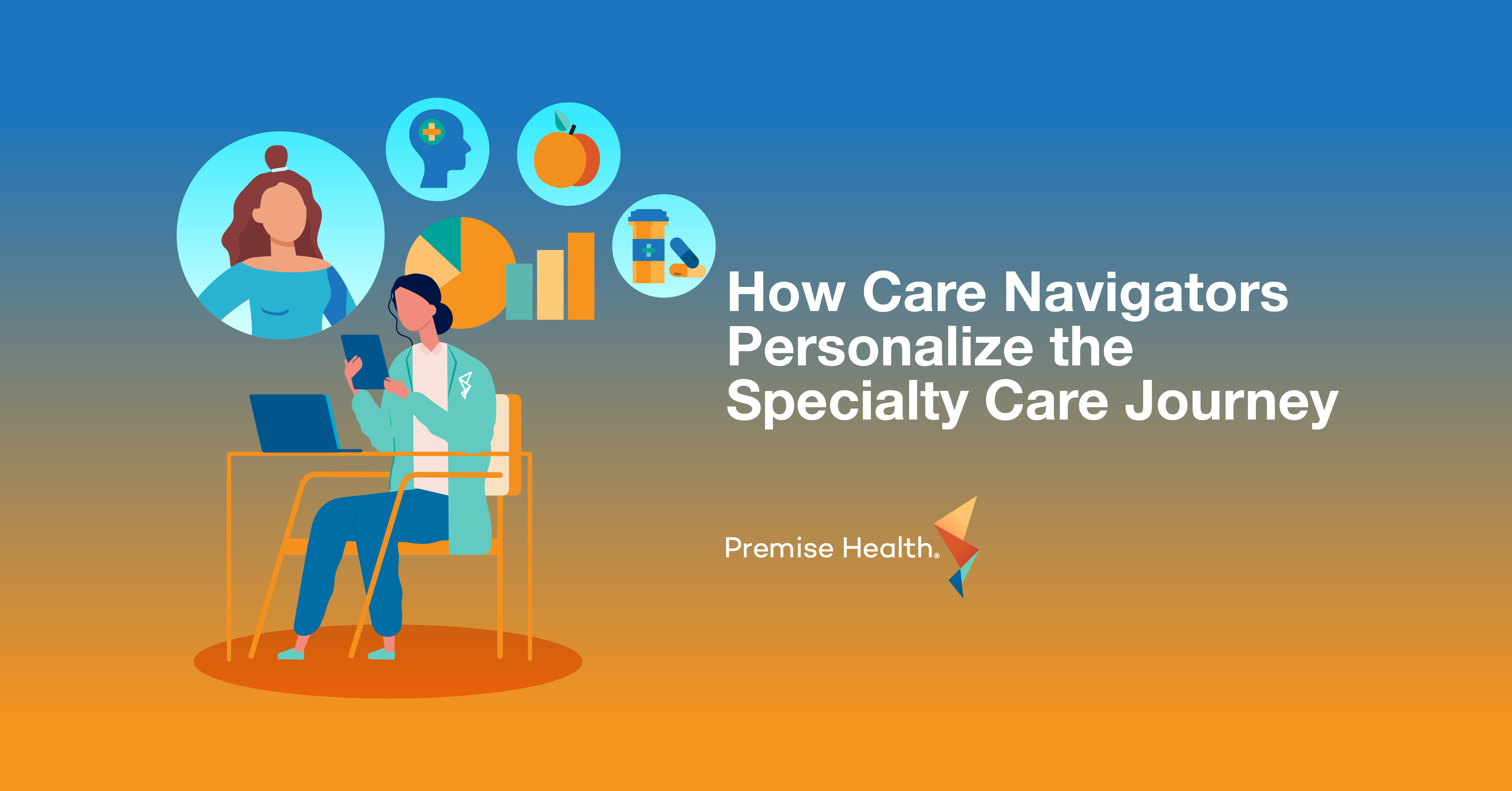The Benefits of Occupational Health in Physical and Digital Environments
What is occupational health?
Broadly defined, occupational health is a multidisciplinary field focused on the health and safety of workforces from an environmental standpoint. It is a coordinated effort between the employer, employee, safety manager, risk management, and the medical team. Together, they prioritize workplace health and safety to reduce hazards, promote worker health, and prevent and treat work-related injuries and illnesses.
Occupational health programs follow regulatory standards and apply the expertise and guidance of medical, health and safety organizations. It is a comprehensive program tailored to the needs of each work environment helping prevent injuries, address risk factors, comply with industry regulations, and quickly respond when accidents happen.
How can occupational health be leveraged in a physical environment?
Occupational health located onsite or on campus can flex to the many different needs of the employer and their workforce. For instance, an office environment may deal with elements such as air quality, or have a greater demand for services like ergonomics, whereas a manufacturing plant may have more regulatory components to tackle. For example, if a factory employee reports musculoskeletal discomfort, an onsite occupational health nurse or provider can respond quickly and determine if the injury is mild enough to be treated with an early symptom intervention program. If the injury is more serious, they can also help the employee access more comprehensive medical care.
Standard occupational health services may include:
- Work surveillance programs
- Injury/illness prevention programs
- Early symptom intervention programs
- Injury assessment and management
- Return-to-work and fitness for duty assessments
- Case management
- OSHA first aid care
- Immunizations
- Ergonomic evaluations
- Pre- and post-hire screenings
- Drug and alcohol testing
How can occupational health be leveraged in a digital environment?
The onset of COVID-19 has proven that even if offices shut down, the safety of essential workers – especially within the industrial and manufacturing industries – is more important than ever, and injury/illness prevention as well as ongoing risk management still requires attention. From a digital standpoint, almost all physical occupational health services can still be applied and in some cases, expanded upon, including injury/illness management services such as workers’ compensation programs, disability leave, and virtual follow-up. By taking a virtual-first approach, workers get the care they need without the risk of exposing others to the virus.
Digital capabilities can also provide relief for remote employees whose makeshift home offices often miss the mark when it comes to supporting good musculoskeletal health. Occupational health specialists can leverage virtual platforms to contact employees and provide virtual home office ergonomic assessments to help decrease the potential risk of musculoskeletal pain and discomfort while also conducting ongoing Care Management.
Virtual occupational health services may include:
- Triage and telephonic follow-up
- Initial injury/illness assessment as appropriate
- First report of injury/illness care
- Follow-up care and injury/illness management
- Return-to-work assessments as appropriate (i.e. COVID-19, pregnancy)
- Virtual ergonomic evaluations
- Pre- and post-hire screening intake
Which access point is better for your organization?
As with all things related to occupational health, there is no one-size-fits all solution given each industry requires their own unique approach. That said, it’s not a matter of which access point, but rather a combination of both. Ensuring members have the appropriate access points available so they can get the care they need regardless of if they’re on campus or at home is essential.
Where Premise Health fits in
Premise Health’s occupational health solutions meet members where they are to deliver the appropriate care needed in an environment that suits them best. Whether it’s in person, in a digital environment, or a hybrid of both, our members have unparalleled access to providers that help them get back on their feet and back into the world.
By prioritizing occupational health services, employers can impact the health of their populations, address safety issues, and lower costs. Integrating occupational health services into your benefits strategy and organization culture is the key to success.
Learn more about our approach to occupational health, or get in touch with Premise Health to discuss how occupational health may benefit your organization.
Next on industry insights.

One Less Errand, One Healthier Member: The Power of 90-Day Prescriptions
Read the Blog
How Care Navigators Personalize the Specialty Care Journey
Read the Blog